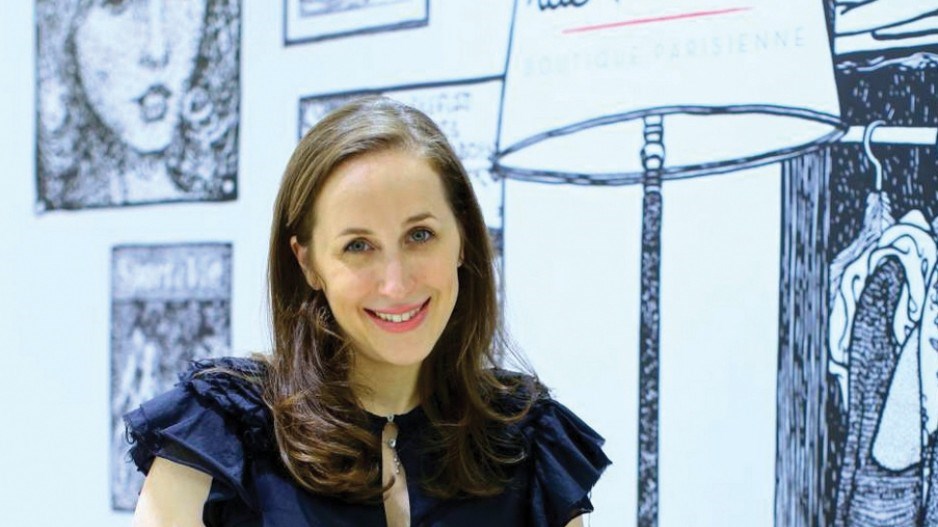Luxury labels, once highly coveted by status-conscious Hong Kongers, have been losing their lustre of late. The pinch of a prolonged period of sluggish sales has left a number of them scaling back on expensive prime real estate and renegotiating rents with landlords. The recent closure of Ralph Lauren’s huge 20,000-square-foot store at the Lee Gardens in Causeway Bay, among others, may signal a permanent turn of the tide for the city’s fashion and luxury sector.
But it’s not all doom and gloom. Other western labels are entering the local market. Among them is Whistles. The contemporary British brand opened a 1,000-square-foot flagship store in the upscale Pacific Place mall in Admiralty on March 15, after opening in the Harbour City mall in Tsim Sha Tsui in January.
“Tougher conditions can actually be a great opportunity for a brand entering the market, especially if the brand is offering something new and the concept is exciting,” said Helen Williamson, Whistles’ brand director.
Contemporary fashion chains, such as J.Crew, Sandro and Maje, began opening in Hong Kong a few years ago. Meanwhile, the city’s best-known luxury retailer, Lane Crawford, invested heavily in its more affordable, younger Lab Concept platform, reflecting the shift in consumer tastes.
In addition to Whistles, COS (owned by H&M Group) and Phase Eight both opened new stores in Pacific Place in March, and Sandro is opening in Sha Tin’s New Town Plaza this month. Elements Mall in West Kowloon will see new contemporary stores later this year, and French-Japanese niche brand Maison Kitsuné will open another store in the summer. Clearly, not all are feeling the heat.
Another company faring well is Hong Kong’s Rue Madame Fashion Group (RMFG), which owns the multi-brand concept store Rue Madame (founded in 2000) but is the local partner of single-brand businesses such as American Vintage, Phase Eight and Whistles.
“RMFG’s combined sales were up 40% in the past 12 months compared to the previous year [with four store openings],” said Ariane Zagury, RMFG’s founder. A former banker, she is a major fashion player in the city, specializing in market entry and retail operations for western contemporary and “affordable luxury” brands.
Zagury said the company is expecting sales to grow by 65% in 2017, with four more store openings and the launch of its own brand, Clemence.
For businesses that are small and nimble enough to make quick changes and innovate, tough times can bring opportunity. So are we witnessing the end of retail dominance by the big luxury brands?
Their success relied on the wealthiest Hong Kongers and tourists with deep pockets – mostly from China. But in the past few years, visitor numbers from China have dropped, while slower economic growth has dented the confidence of local shoppers – a double whammy for big luxury retailers.
Lesser-known retailers and contemporary brands catering to Hong Kong’s aspirational middle class and to shoppers who have become more price-conscious have taken advantage of the downturn in big brands’ fortunes.
Stéphane Ledru, Asia CEO of the SMCP Group, is convinced of the growth potential of the city’s accessible luxury segment.
“Definitely part of this growth is fuelled by clients leaving the luxury segment, particularly in ready-to-wear,” Ledru said.
Maje and Sandro are leaders of highly scalable contemporary French fashion. Some of their Hong Kong stores top the sales charts of SMCP shops worldwide. With 18 outlets in the city, the group is riding a wave following aggressive expansion in recent years (in the first quarter of 2016 alone, it opened 14 points of sale in Greater China).
“The performance of our three brands [in Hong Kong] over the last two years has been impressive,” Ledru said.•




